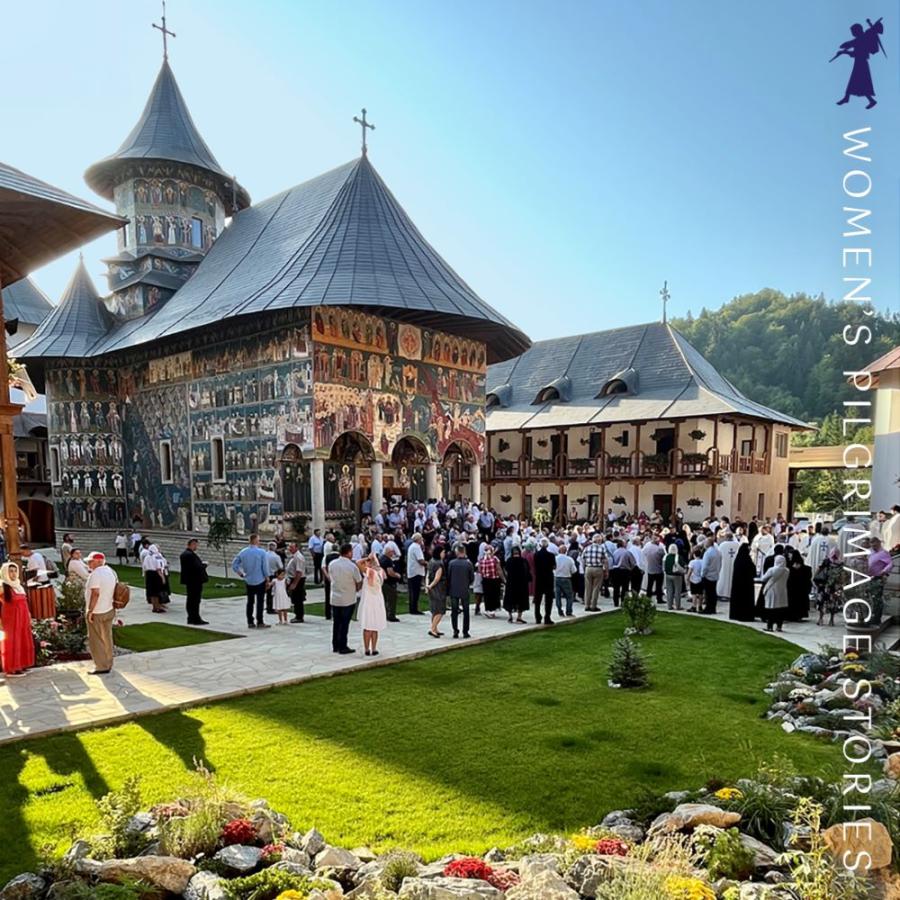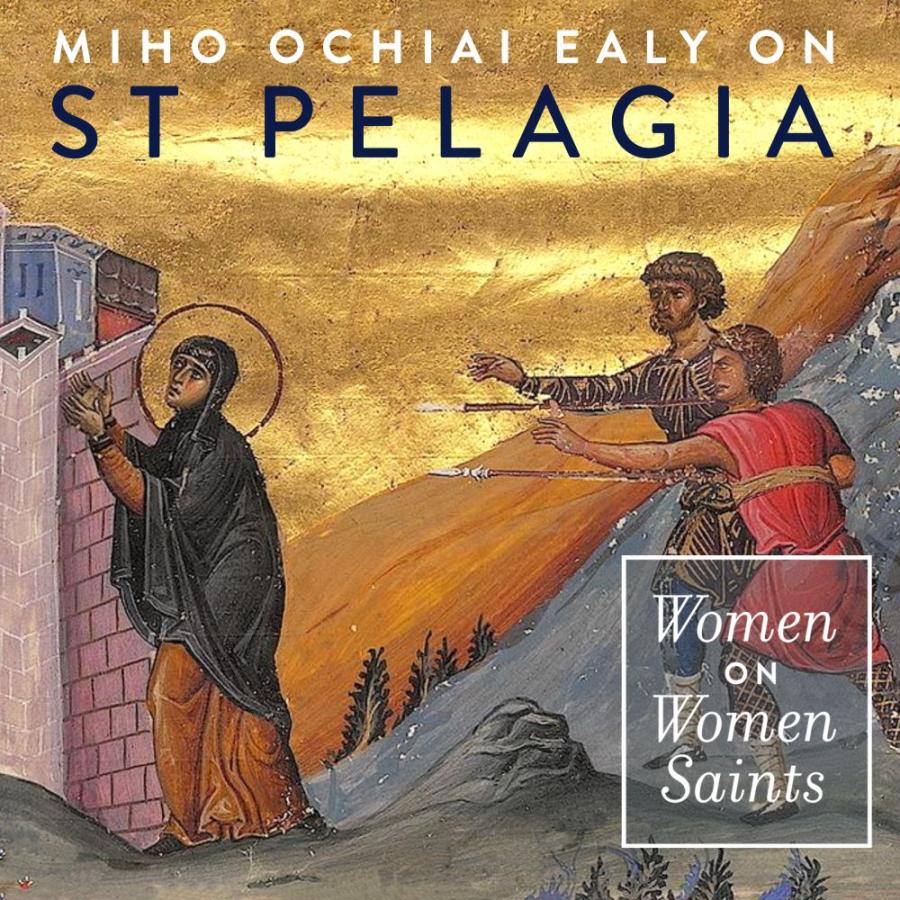Blog Posts

In 2021, my husband and I had the privilege of spending three months in a home named in honor of St. Maria of Paris - a house of mutual hospitality that welcomed migrants and refugees as well as volunteers, living together in community and service. Before this, I knew nothing of Mother Maria (or Mere Marie, as she is called in France), or the turbulent and inspiring story of her life. In preparation for our time in the home, we were encouraged to read her biography and writings to understand the legacy of radical hospitality and love that she left behind.

Just last year in November of 2022, I had the amazing blessing of going on a pilgrimage to the Holy Land in Israel. The trip was brought to my attention by two of my good friends, and I knew immediately I had to take this opportunity to go.

The first time I visited the monastery was when I was in early high school in my home of Giza, Egypt. We were brought by our teacher, Mrs. Khairya - a scholar who led our preparation class in St. George Metropolitan Coptic Orthodox Church. She was our spiritual mother and made sure that we had a chance, as girls, to experience the beauty of Coptic monastic life. Traditionally, boys were allowed to visit monasteries and sleep overnight, participating in the early morning prayers and liturgies and taking part in some work at the monastery, while the girls would visit only for the day.


The breath of man is the light of the Lord... Proverbs 20:22
I recently had the blessing of participating in the Mull Monastery Pilgrimage to the Romanian province of Moldavia. From the moment we met in the city of Iasi, to our last day together, we were guided to places of holiness and beauty, places of light-filled breath. There was never one moment when we weren’t surrounded by light that oriented our hearts and allowed us rich opportunities for inner reflection. As I reflect on many of the lights we were blessed with, a few in particular come to mind:
The light of hospitality

October 21st is my birthday. 42 years ago, I was born on this day in Hakodate, Japan. Back when I was young, parents often let their priest decide the baptismal names for the children born into an Orthodox family, and our baptismal names were based on our birthdays. The priest decided I would be baptized as “Pelagia”, because St. Pelagia is commemorated on my birthday according to the Julian calendar (the Orthodox Church of Japan follows the Julian Calendar, since the church was founded by a Russian missionary, St. Nikolai of Japan; they are commemorated on October 8th in the new calendar).

The Holy Synod of Bishops of the Orthodox Church in America has issued a proclamation this week on the Glorification of the Righteous Servant of God Matushka Olga, making her the first female saint of North America.


